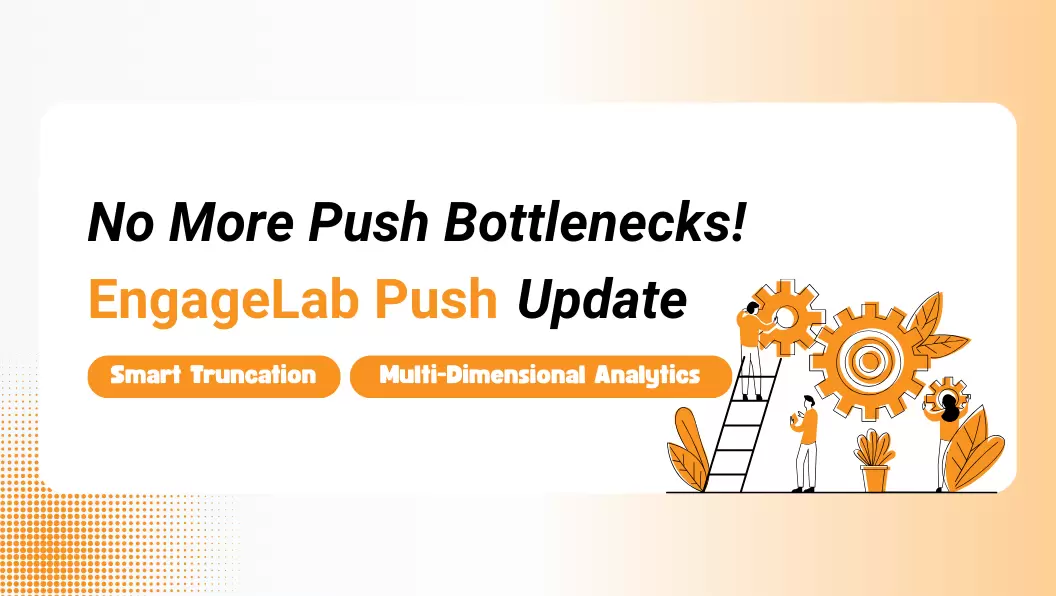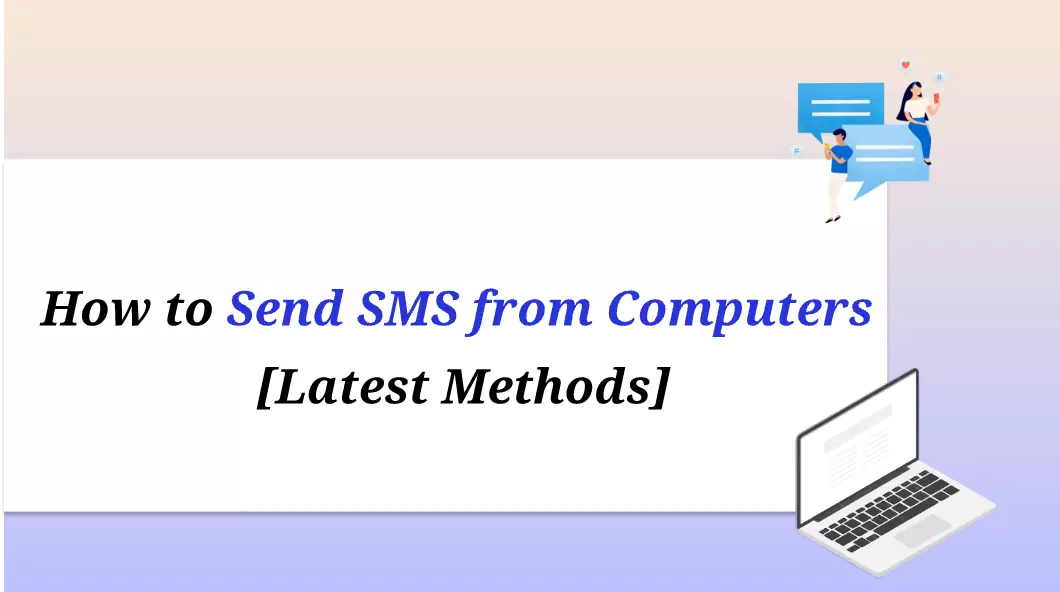Customer churn is one of the biggest silent killers of business growth. Regardless of the industry you are in, you need to measure this metric as it shows how many customers you are retaining. Get started with tracking the customer churn rate and take steps to reduce it with the methods we will expand on in this piece.
What Is Customer Churn and Why Does It Matter?
Customer Churn
 Definition
Definition
Customer churn, also known as customer attrition, is a metric that tracks the percentage of customers who stop doing business with a company during a specific period.
For instance, they have chosen to unsubscribe from a service, close their account, or simply stop making purchases altogether. Therefore, it's easy to deduce that the customer churn meaning is lost revenue and missed opportunities.
As a business owner, you know that retaining your existing customers is much more efficient than constantly acquiring new ones. For this reason, you need to be aware of the attrition rate and how to reduce customer churn to enjoy sustainable growth.
Customer Churn Rate Formula
As with any metric, you can use a specific formula to calculate churn. The standard formula for this is the following:
Churn Rate = (Customers Lost During Period / Customers at Start of Period) × 100%
If you began the quarter with 2,000 customers and ended it with 1,900, your churn rate can be calculated as: (100 / 2,000) × 100% = 5%
By using this formula, you can track your customer churn rate at any time to give you a clear picture of your company's retention health.
Regular Attrition Rate Data for Different Industries
While calculating attrition for your brand, you might feel discouraged. However, you should keep in mind that churn varies across industries, and you should always consider what the benchmark is for your particular industry. Here's a look at typical benchmarks to help with your customer churn analysis:
| Industry | Churn Rate (% / annually) |
|---|---|
| Telecom (e.g., Verizon customer churn) | 31 |
| SaaS | 10 |
| Subscription e-commerce | 60 |
| Financial Services | 20 |
| B2B Services | 5 |
| Logistics | 40 |
| Media & Entertainment | 40 |
| Online Retail | 25 |
| Mobile Apps | 57 |
| Hospitality & Travel | 18 |
Major Causes of Customer Churn
When we are talking about what is customer churn, it is important to recognize the factors that contribute to it. In fact, a high churn rate can indicate that one or more of these factors are at play:
- Poor Onboarding:The users of your app or platform don't see value quickly, and they choose to unsubscribe or delete it.
- Lack of Engagement:Your touchpoints are irregular and your communications feel irrelevant to your audience, which creates disinterest.
- Bad Customer Support:Slow and unhelpful responses break trust, with many users choosing to find a better alternative.
- Competitive Switching:If you are in a competitive industry, users might leave for a competitor with better pricing or features.
- Overpromising:You might be promising that your product will be life-changing in your ads, but when users actually experience it, they don't find that this is true.
- Unexpected Costs:Fees or price changes might cause dissatisfaction and increase the customer churn rate.
Types of Customer Churn
Another element you need to understand before getting into what is customer churn analysis is its different types. By understanding churn types, you will be able to refine your analysis and take the appropriate actions, which differ from one case to another.
The most common types of churn are the following:
- Voluntary Churn: This happens when customers leave intentionally, such as when they cancel a subscription.
- Involuntary Churn: This type appears when there are repeated payment failures or account issues, which lead to dissatisfaction and disappointment.
- Revenue Churn: This type measures the loss of income that comes from downgraded or canceled subscriptions.
- Product Churn: This type takes place when users still pay but are actually inactive in product, which is a warning sign that something is amiss.
- Competitor Churn: This is the type that takes into consideration the users that switch to one of your competitors.
How to Reduce Customer Churn
Prevention Customer Churn Strategies
To reduce customer churn, you have to be proactive by employing various retention strategies. Here are proven tactics you can incorporate into your workflow:
#1 Proactive Onboarding
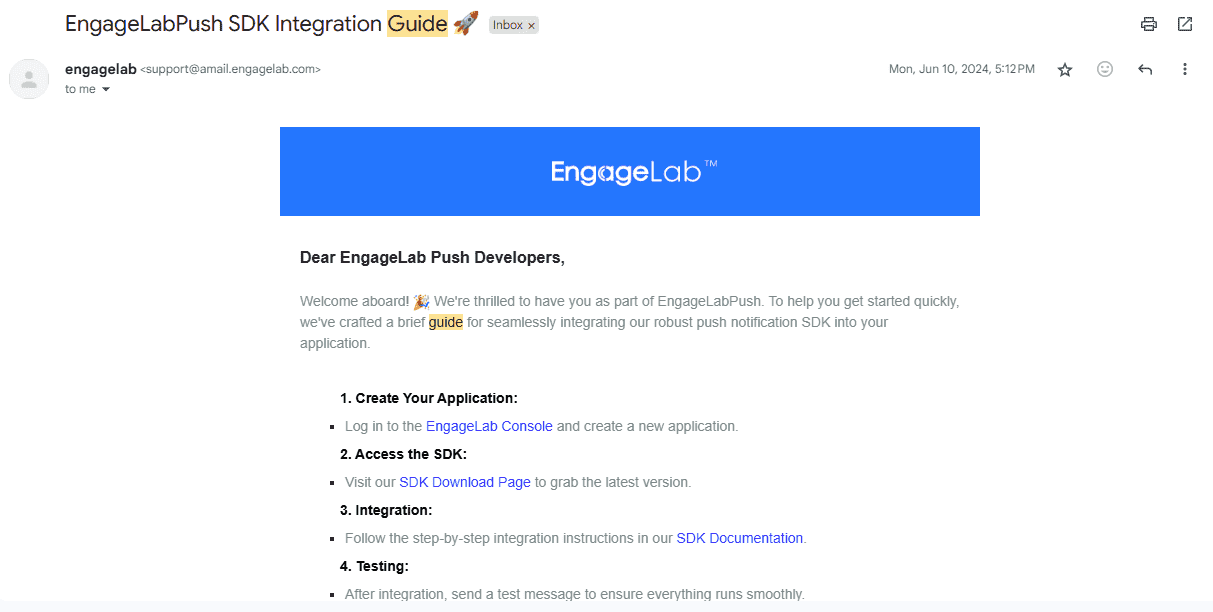
Onboarding is an essential process for getting users hooked on your product or app. Guide the new users with personalized tips, tutorials, and checklists they can refer to.
Example: A SaaS tool sends new users a 7-day email series helping them set up critical features step by step.
#2 Behavioral Segmentation
Don't treat your audience as one. Instead, group users based on actions like app usage, purchase history, or inactivity. This will allow you to craft personalized communications that will bring you better results.
Example: An e-commerce platform targets users who browsed but didn't buy with a custom coupon.
#3 Loyalty Programs
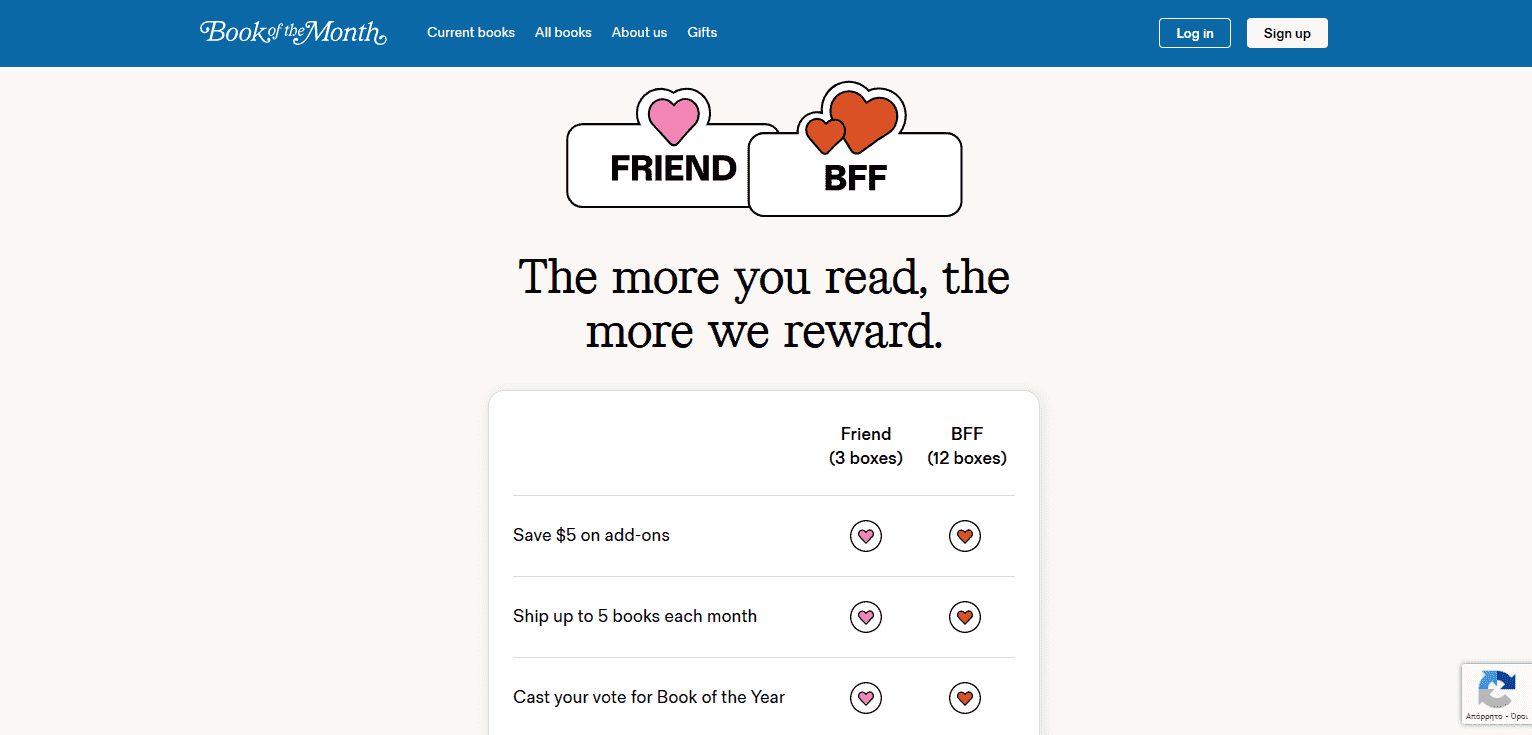
Loyalty programs are great ways to reward users that supported your business for a long time. In fact, these bonuses often give the extra push that users might need to subscribe.
Example: A fitness app offers premium content to users who log their workouts for 30+ days straight.
#4 Continuous Value Delivery

Another tactic is to constantly remind users what they love about your product. Create communications that contain recommendations based on recent activity, or similar things or features they will love.
Example: A learning platform sends weekly personalized course recommendations based on recent activity.
#5 Predictive Analytics
Using a customer churn model will revolutionize the way you view data. In this way, you will be in a position to anticipate churn before it actually appears, which will allow you to prevent it from happening.
Example: A subscription box business tracks customer churn analytics and triggers a win-back user journey when needed.
How to Measure and Monitor Churn Proactively
In continuation of our previous point, a customer churn prediction can help you deal with this issue before it actually becomes noticeable. The way to do that is to track the right elements, along with the actual customer churn rate. The signals that will help you the most are the following:
- Customer Health Score: This metric combines usage frequency, support tickets, and satisfaction levels.
- NPS/CSAT Trends: Both scores highlight how your customers feel about your brand and can foreshadow churn.
- Usage Milestones: When users don't hit key product milestones, there might be something wrong that prevents them from getting the most out of your platform.
- Drop-off Points: Track where in the customer journey the user decides to disengage and leave.
Common Mistakes to Avoid
With the customer churn definition in mind, we can pinpoint some common mistakes that you can now avoid. Eliminating these traps will help you reduce churn and retain your customers. These mistakes include:
- Over-reliance on Discounts: Offering discounts and special offers is a temporary fix that doesn't solve any of the issues you have discovered in your customer churn analysis.
- Generic Messaging: Every audience has distinct characteristics, and you should find the language that works the best for yours.
- Neglecting Onboarding: First impressions really matter, and a great onboarding is the best way to convince new users that they have made the right choice.
- Ignoring Small Signals: Before a user actually leaves, there are some subtle shifts that often precede churn. These include less login activity, skipped steps, or failing to hit app usage milestones.
How EngageLab Helps Reduce Customer Churn
EngageLab's Churn-Reduction Functions

EngageLab offers a powerful platform designed to help businesses monitor, prevent, and respond to customer churn. This intuitive platform allows you to craft efficient communications and set up automation journeys in just a few clicks.
Here's how EngageLab helps you reduce customer churn:
#1 Segment Inactive Users

If you are looking how to reduce customer churn, then you need to start sending personalized communications. In EngageLab, you can easily segment users based on inactivity, frequency, or behavioral signals via customer lists. This way, you can reach out to them and re-engage them before they churn.
#2 Identify Churn Signals

EngageLab's statistics help you make informed customer churn predictions. Measure how your campaigns are performing to spot any early signs of churn.
#3 Real-Time Alerts & Automation
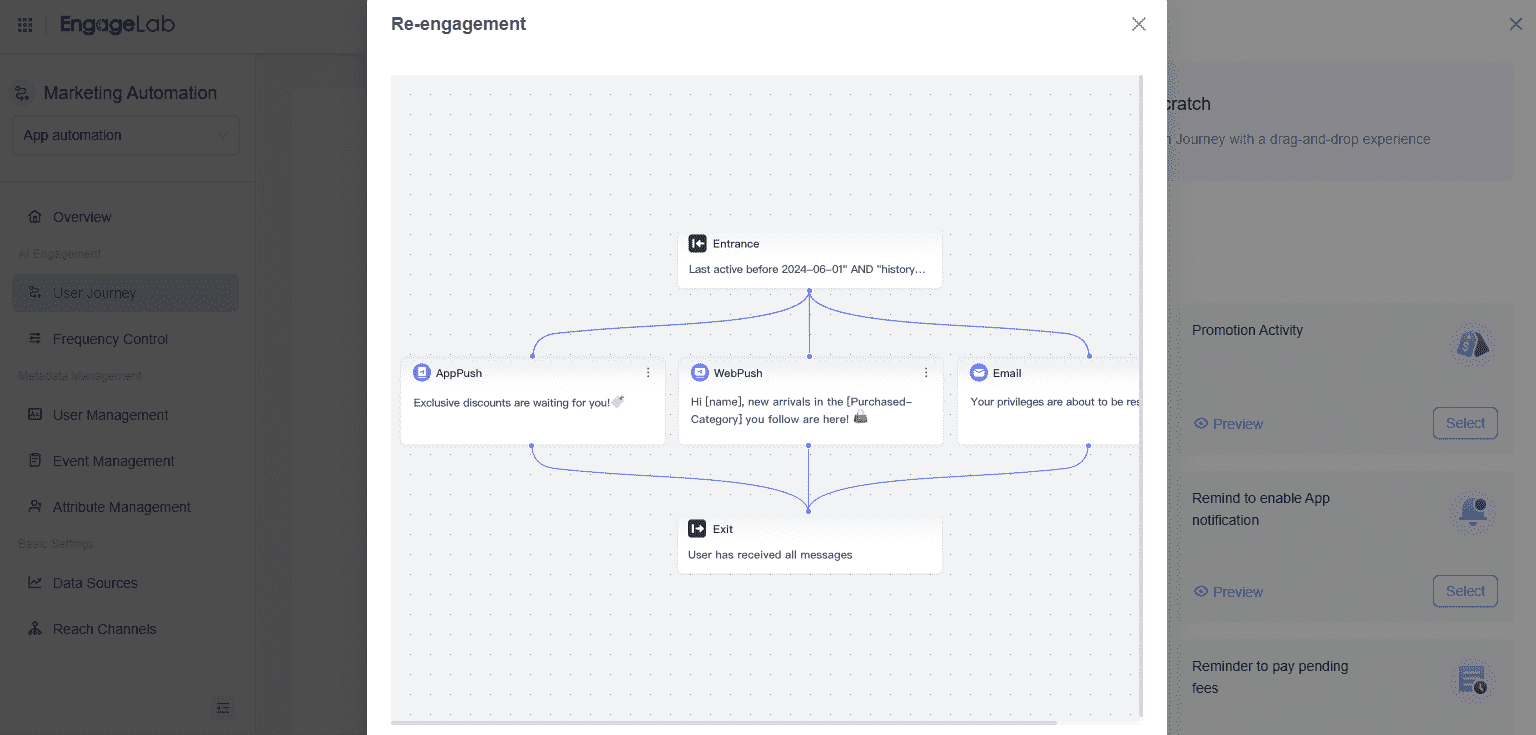
Trigger real-time workflows for at-risk users. In EngageLab, you can create automation journeys with the appropriate triggers and include communications in multiple channels.
#4 Multi-Channel Messaging
EngageLab is an amazing platform for engaging your audience across numerous channels. Namely, the platform supports email, SMS, WhatsApp, as well as in-app and web push notifications.
5 Tactics to Win Back Lost Customers
Even if a customer has gone silent or unsubscribed, they're not necessarily gone forever. Here are a few tactics you can employ to reactivate them:
Tactic 1 – Push Notifications with Personalization

Use dynamic tags to tailor the message with names, past actions, or locations to send notifications that feel personal.
Tactic 2 – Omnichannel Retargeting (Email, SMS, WhatsApp)
Reach your customers via the platform they prefer. A platform like EngageLab is perfect for creating multi-channel campaigns and tracking how they perform in each channel.
Tactic 3 – Incentive-Based Re-engagement
In many cases, giving a small incentive can bring a user back to your company. Send personalized offers like free shipping, extended trials, or loyalty points to convince them to try your product again.
Tactic 4 – A/B Testing Message Timing & Format

Not sure whether to email in the morning or evening, or what language you should use in your push notifications? Test it. EngageLab lets you experiment and optimize your message through A/B testing.
Tactic 5 – Deep Linking to Key Pages
Include deep links in your messages that send users directly to checkout, cart, or exclusive offer pages. This tactic aims to reduce friction and improve conversions.
In Conclusion
Customer churn is inevitable, but with the right strategies, it is also preventable. By understanding its causes and types, you can reduce customer churn and boost retention, loyalty, and lifetime value. Platforms like EngageLab make it easier than ever to analyze churn, segment disengaged users, and win them back with timely, targeted communication.

